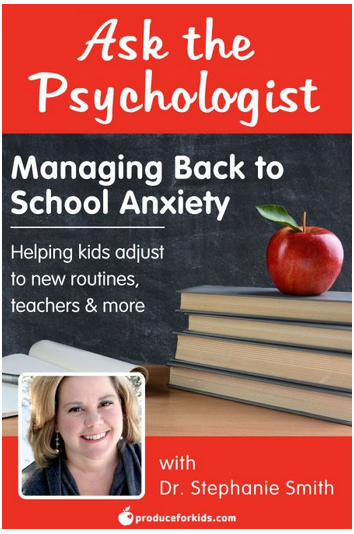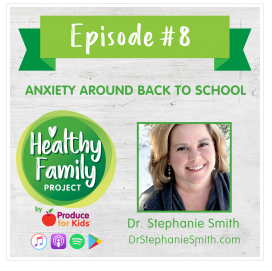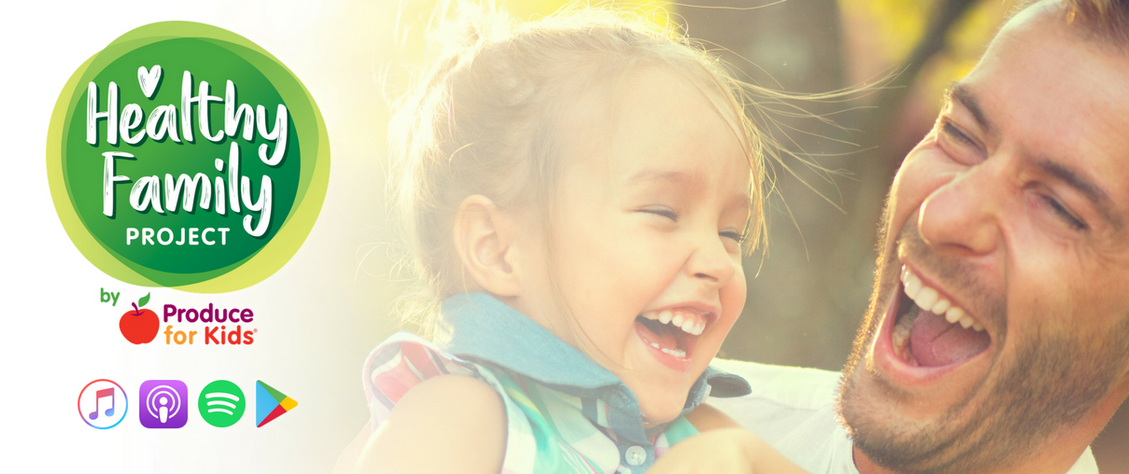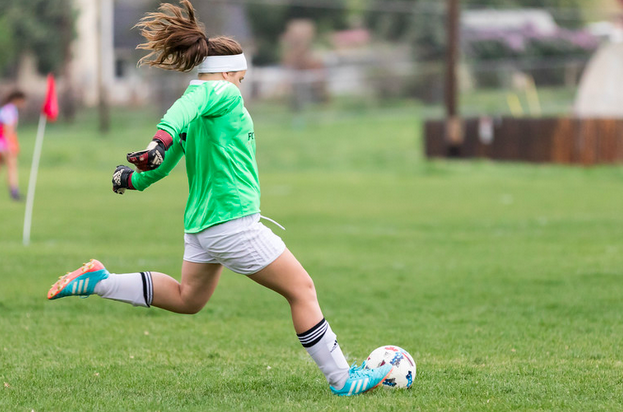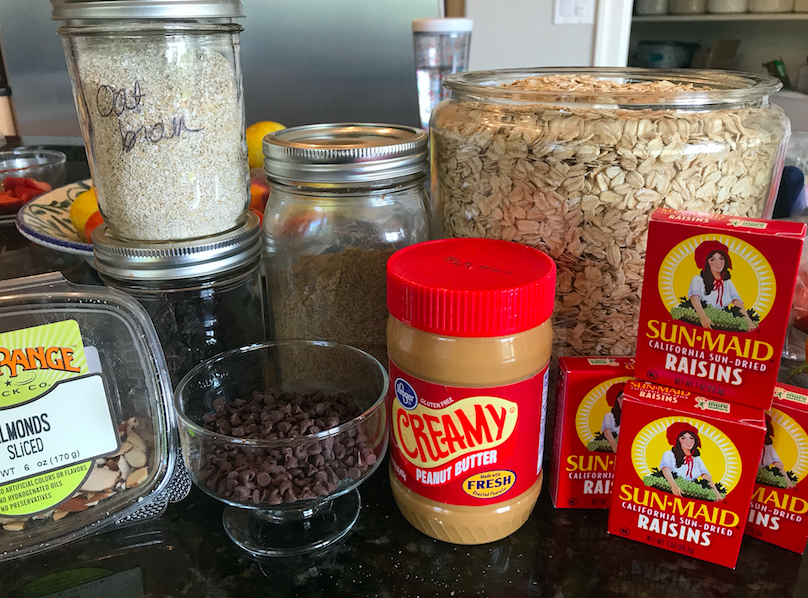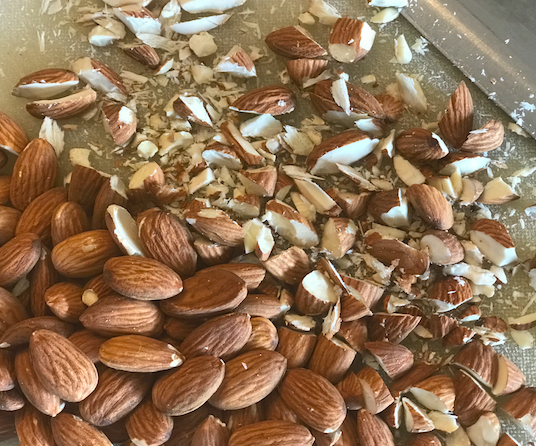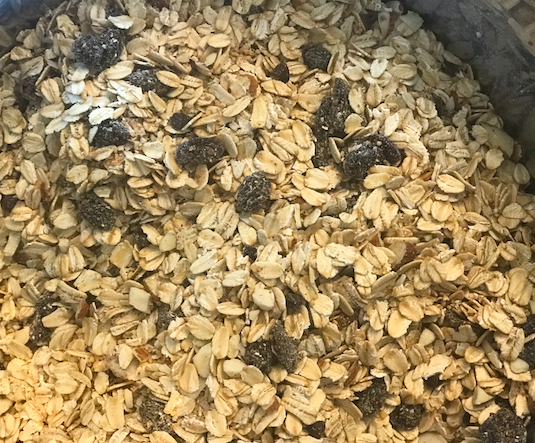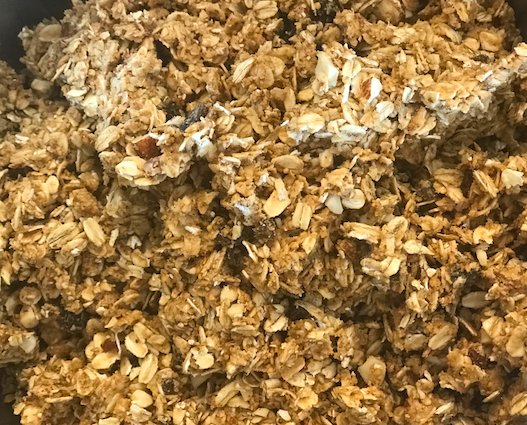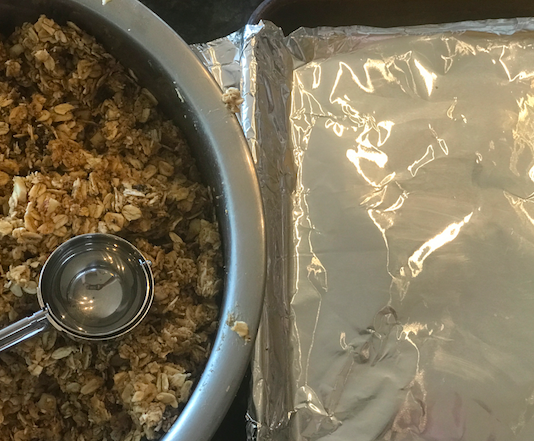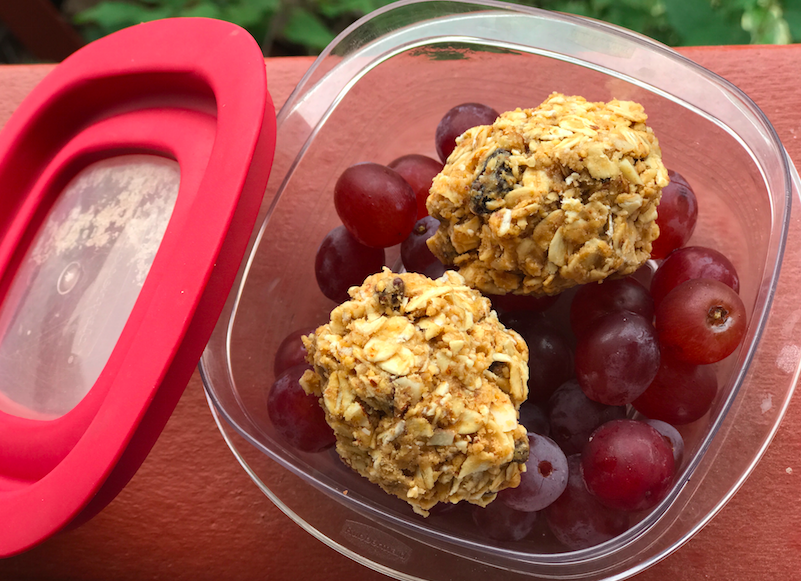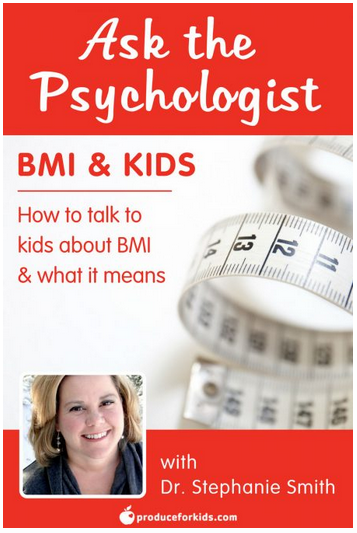It’s that time of year – Back To School!
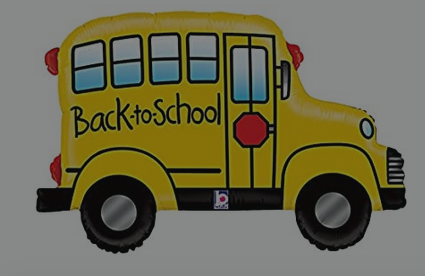
And just like last year, this year is a little different. In person for the first time in over a year? Masks on? Masks off? New school? New teachers? New friends?
Even if nothing about your life has changed (same house, same neighborhood, etc) – school is different this year. New kids have arrived, and old friends have moved on. All of us have gotten older. Teachers and administrators have changed. Whole new schools have been built! Yikes!
It’s important to understand that with change, emotions might be heightened – for all of us – kids and adults alike. Tears might come more easily, our tempers might flare more quickly, and oh-my-gosh the exhaustion! This is totally normal! It takes time to get used to new routines, new bus routes, new class structure, and possibly new friend groups. Generally after a few weeks, we all settle into a routine and emotions return to a normal level.
For tips for managing Back to School blues, check out this article over at the American Psychological Associationhttps://www.apa.org/topics/child-development/school-anxiety:

If, after a few weeks, the stress and heightened emotions don’t subside, it might be time to seek help from a mental health professional. Even a session or two can be enough time to learn some new tools for dealing with school stress.
